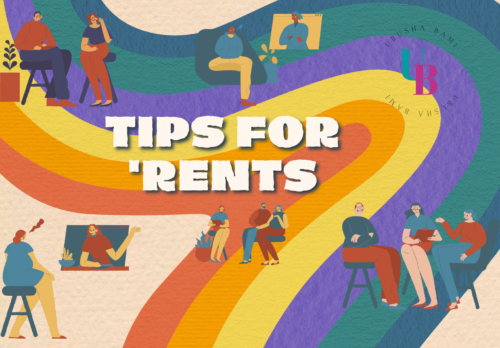
- Violence and abuse in the home includes that against children (violence against people under 18 years old) whether perpetrated by parents or other caregivers, peers, romantic partners, or strangers.
- Violence in childhood impacts lifelong health and well-being.
- Intimate partner violence (or domestic violence) also forms part of abuse in the home and can take the form of physical, sexual and emotional violence by an intimate partner or ex-partner.
- Emotional or psychological violence includes restricting a child’s movements, denigration, ridicule, threats and intimidation, discrimination, rejection and other non-physical forms of hostile treatment.
- Homicide, which often involves weapons such as knives and firearms, is among the top four causes of death in adolescents, with boys comprising over 80% of victims and perpetrators.
- Exposure to violence at an early age can impair brain development and damage other parts of the nervous system, as well as the endocrine, circulatory, musculoskeletal, reproductive, respiratory and immune systems, with lifelong consequences. As such, violence against children can negatively affect cognitive development and results in educational and vocational under-achievement.
- Children exposed to violence and other adversities are substantially more likely to smoke, misuse alcohol and drugs, and engage in high-risk sexual behaviour. They also have higher rates of anxiety, depression, other mental health problems and suicide.
- Sexual abuse and sexual violence in the home can lead to abortions, gynaecological problems, and sexually transmitted infections, including HIV.
- Children exposed to violence and other adversities are more likely to drop out of school, have difficulty finding and keeping a job, and are at heightened risk for later victimization and/or perpetration of interpersonal and self-directed violence, by which violence against children can affect the next generation.
- Risk factors for abuse in the home include lack of emotional bonding between children and parents or caregivers, social and gender norms that create a climate in which violence is normalized, as well as health, economic, educational and social policies that maintain economic, gender and social inequalities.
- WHO has developed INSPIRE which consists of seven strategies for ending violence against children.
- Should a police officer fail to carry out their duty when reporting violence in the home, you can report the matter to the station commissioner at the relevant police station.
- Phone the South African Police Service to report abuse. A statement will be taken from you. Provide the police with the warrant of arrest you received together with the protection order (if you have lost it, apply at the court for another one). If you are in immediate danger the abuser will be arrested, otherwise the abuser will be given a notice to appear in court the next day.
- Identify places where you can use a telephone quickly and easily. Always carry a list of emergency numbers with you. Make sure that the people you usually visit, have a copy of the protection order and/or warrant of arrest. Put some money in a safe place so that you can take a taxi or bus in case of an emergency. Have an extra set of keys for the house or car. If possible, have a set of clothes for yourself (and your children) packed in a bag, and keep it in a safe place (for example, at a neighbour’s house). If you are planning to leave, leave when your partner is not around, and take your children with you. Make sure that you are in possession of essential documents like IDs, your medical aid card, and your savings/credit card.
Reference:
*https://www.saps.gov.za/resource_centre/women_children/domestic_violence.php
Pinterest image: https://pin.it/7hv7dmb